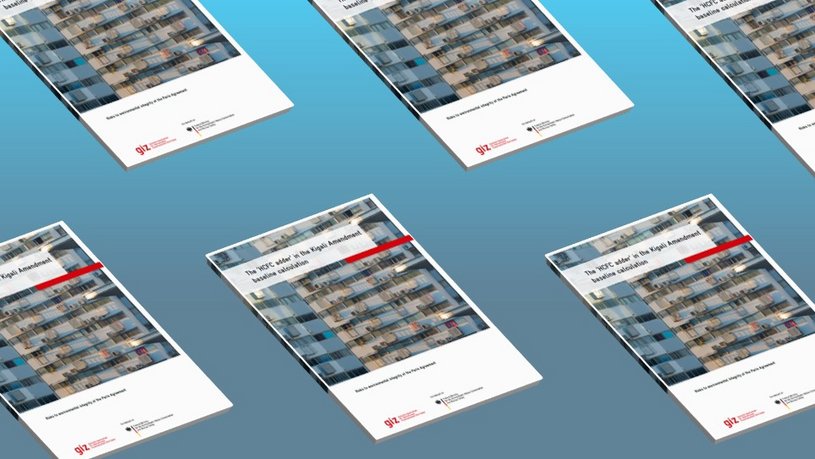Risks to environmental integrity of the Paris Agreement
(Download the publication below)
Baseline definitions for HFC emission levels under the KA, NDCs and Art. 6 differ. The former relates to production and consumption of HFCs, the latter two to HFC emissions. The link between these parameters can be made if one knows the temporal characteristics of HFC emissions occurring during the lifetime of RAC equipment and at the point of its disposal. This means that there is a time lag between consumption and actual emissions that can reach over a decade.
A problematic feature of the KA baseline is the ‘HCFC adder’. Developing countries can add 65% of the HCFCs consumed in 2009-2010 to the actual HFC consumption in the baseline period. The adder was brought into the KA negotiations because HCFC phase-out plans require developing countries to reduce consumption to 65% of 2009-2010 values by 2020 and negotiators assumed countries would opt for this value. However, many developing countries have reduced HCFC consumption much faster, some even to zero, due to financial support from the Multilateral Fund for the Implementation of the Montreal Protocol (MLF). The countries with a strong HCFC reduction therefore get a severely overestimated KA baseline.
In order to prevent generation of ‘hot air’, NDCs should be based on a realistic HFC BAU path. We therefore suggest that Article 5 countries do not apply the full HCFC adder to get the KA baseline but voluntarily only apply the adder to a percentage that is consistent with BAU. This allows to translate the KA baseline into NDC and Article 6 baselines under the PA.

